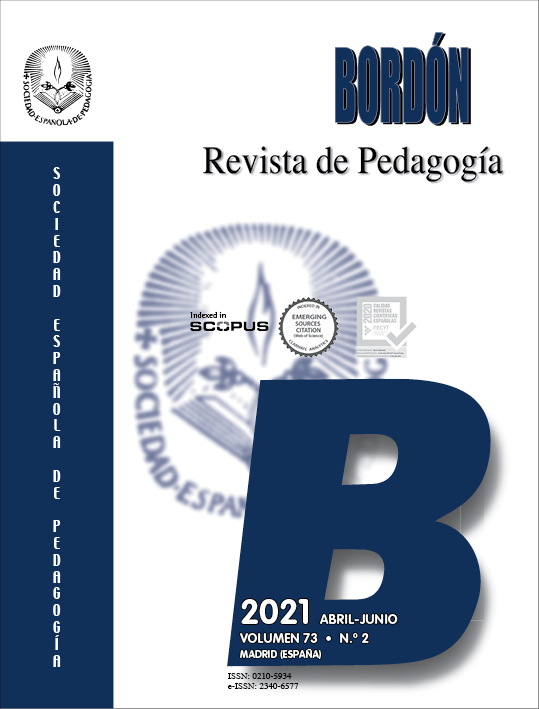Consensus d’experts sur les mesures de protection aux enfants des victimes de violence de genre
Contenu principal de l'article
Résumé
INTRODUCTION. La violence de genre a été reconnue comme une violation des droits de l’homme et un problème global de santé publique qui concerne les femmes maltraitées et leurs enfants, sans oublier le fait que ceux-ci ont fréquemment été rendus invisibles en tant que victimes. La littérature met en évidence les conséquences d’être exposés à la violence de genre chez les enfants et les adolescents aussi sur le plan physique, psycho - émotionnel et comportemental qu’académique et social. Afin de répondre à leurs besoins plusieurs initiatives ont été développées dans le domaine international et national. Néanmoins, la perspective des professionnels sur les réponses de soutien et accompagnement des enfants a été très peu étudiée et systématisée. MÉTHODE. Avec cette étude nous nous proposons d’analyser quelles sont les mesures que les experts considèrent comme adéquates et réalisables pour faire face aux besoins des enfants victimes de violence de genre. Pour cela, après une révision de la littérature, on a réalisé un pool de mesures ou bonnes pratiques parmi lesquelles un total de 53 pratiques ont été sélectionnées et elles ont été évaluées par des intervenants experts issus de différents domaines (éducatif, sanitaire, juridique, social et forces de sécurité de l’État) dans une échelle de Likert. Grâce à l’analyse du degré de consensus, la concordance des ponctuations attribuées par les experts pour les dimensions adéquation et faisabilité (méthode Hanlon) a été constatée. RÉSULTATS. Une fois le troisième quartile pris comme point de coupure, les mesures ou bonnes pratiques que les experts avaient évaluées comme adéquates et faisables ont été sélectionnées. DISCUSSION. Compte tenu des contraintes de cette étude, un débat est fait sur les implications qui pourraient présenter un intérêt pour les différentes administrations concernées dans la création de ressources et de formation envisageant la prise en charge et accompagnement des enfants et des adolescents.

